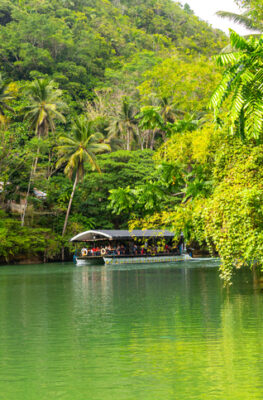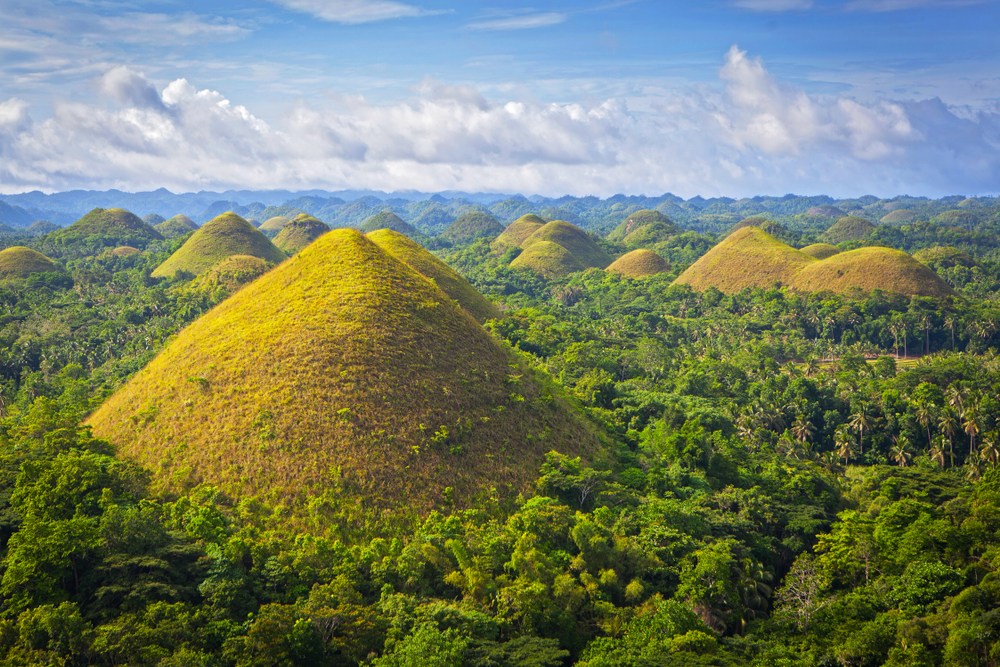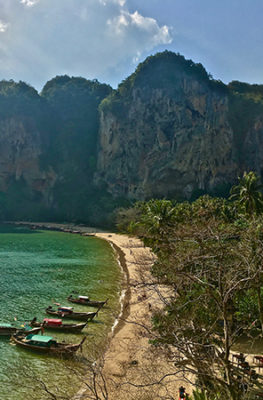Published on July 10, 2017
Sure, anybody can climb a temple (they do it all the time in Cambodia or Myanmar), but a mountain? That’s an adventure not everybody can boast of doing, something that requires far more preparation than any old hike up an ancient building.
Southeast Asia has more than its fair share of mountains and volcanoes to hike: varying levels of difficulty from peak to peak cater to hikers of different levels of experience. Some mountain trails take less than a few hours to complete; others require a multi-day attack. Some offer few dangers beyond insect bites and sunburn; others offer more substantial dangers, from fumes suffocation to hypothermia.
These travelers came back from their respective mountain hikes to tell us about the challenges they faced along the way: from Taal Volcano’s gentle ascent by horseback to a grueling climb to “the roof of Indochina” Mount Fansipan.

Admiring the Kawah Ijen crater, Indonesia. Image courtesy of Mike Aquino.
Indonesia: Kawah Ijen. The “Ring of Fire” upon which Indonesia sits gives this archipelago a full slate of volcanoes from point to point. Kathleen Poon, the travel blogger behind Kat Pegi Mana?, chose to take on Kawah Ijen in the eastern part of Java Island: an adventure that came with not a little danger attached.
“Mount Ijen is a volcano which has a one-kilometre wide, turquoise-coloured, acid lake crater,” Kat tells us. “The crater is also the site of a labour intensive sulfur mining operation, where workers climb up and down the crater, mine the sulfur and carry baskets of sulfur chunks on their shoulders.”
Travelers to Ijen start early to see the “blue flame” engulfing sulfur deposits around the crater. The flames are too dim to be seen in daylight; the early start allows travelers to see the flames before they’re obscured by the sun’s rays. Kat didn’t leave early enough for the blue flame, but that didn’t make the climb any less challenging.
“The climb wasn’t too difficult, for it was gradual and the surface of the tracks was not rocky,” Kat confesses. “It took me 1.5 hours to climb to the crater but that’s because I took several breaks. If I was more fit and had paced my breathing, I would have reached the crater in 40 minutes.” (Read the full details at Kat’s blog entry on Kawah Ijen.)

Mount Fansipan from a distance. Image courtesy of Eustaquio Santimano/Creative Commons
Vietnam: Mount Fansipan. Jili Strychnine and her partner Eoghan, on the other hand, braved considerably more dangers in their expedition up to Vietnam’s highest peak, Mount Fansipan, located in northwestern Vietnam amidst the Hoang Lien Mountains.
“It was the most arduous, dangerous and exhausting hike of our entire lives,” Jili told us. “We hiked from sunrise to sunset, ascending 2,000 metres in altitude from Sin Chai village to the summit at 3,143 metres above sea level. The final 1,000 metre push was extremely steep and was incredibly treacherous, walking along narrow exposed ledges and up rickety wooden ladders.”
The elevation near the peak brought thinner air and freezing-cold temperatures; Jili and Eoghan were freezing and tired as they reached the summit – “we didn’t even realize that we had reached the top until we saw that suddenly, it was not possible to go any higher!” Jili recalls.
By the numbers, Jili and Eoghan had conquered a pretty intense challenge in Fansipan: a 23 km distance hiked with a total altitude gain of over 2,000 metres. Finishing Fansipan felt like a hell of an accomplishment to the couple: “The best part about climbing Fansipan was that we came out so much more confident and stronger mentally and physically after the hike,” Jili tells us. (Read about Jili and Eoghan’s ascent on their site.)

Selfie-ing at Taal Volcano, Philippines. Image courtesy of Mike Aquino.
Philippines: Taal Volcano. The low-slung volcanic peak of Taal Volcano in the Philippines lacks the intensity or the incline of either Ijen or Fansipan; Mike Aquino, travel writer for Tripsavvy.com, spent a morning summiting Taal and back, with the help of a sturdy horse.
“Taal is a dormant volcano in the middle of Batangas province, located some two hours’ drive south of Manila,” Mike explained. “You take a short boat ride across the lake and onto Taal island; a small population still lives on the island itself despite the continuing threat of a volcanic eruption.”
From the town proper, Mike and his companions saddled up on horses, which were led by locals up a winding trail that cut through the terrain and eventually led to a ridge overlooking the crater lake and its tiny islet.
“I overprepared for the trip; I’d expected to make a grueling hike of a few hours, but ended up sitting all the way on an hour-long horse ride,” he chuckles. “I got plenty of great shots of the volcanic rim, all without hardly breaking a sweat!”






